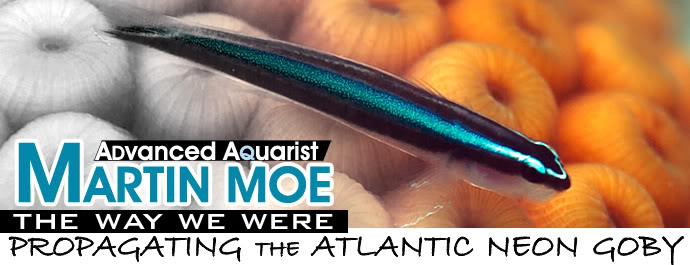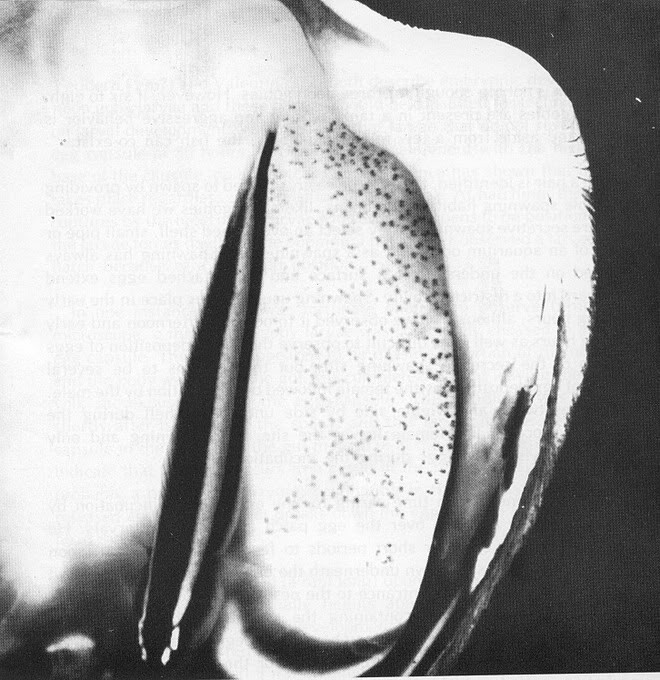revhtree
Owner Administrator
View Badges
Staff member
Super Moderator
Reef Squad
Partner Member 2024
Excellence Award
RGB
Photo of the Month
Article Contributor
R2R TV Featured
Hospitality Award
Article Administrator
Black Friday Sponsor
Partner Sponsor 2023
Industry Professional
My Aquarium Showcase
- Joined
- May 8, 2006
- Messages
- 47,774
- Reaction score
- 87,306

The Way We Were: Propagating the Atlantic Neon Goby
By Martin Moe
In my 50 years as a marine biologist and culturist of marine fish (and a few invertebrates), I have written a number of books, articles, and scientific papers. Some of these are both historically interesting and still have descriptive value for the culture of various species. I plan to revisit a few of these in Advanced Aquarist from time to time in a series titled "The Way We Were".
This is an article from the dawn of marine fish culture. It appeared in the February 1975 issue of The Marine Aquarist. It was titled "Propagating the Atlantic Neon Goby" and it described the first successful efforts at mass culture of the neon goby, Elacatinus oceanops formerly Gobiosoma oceanops. The photos are in black and white, the only color for small magazines back in those days, when color was very expensive, was on the cover. An inside color photo was very rare. The photos in my original article were good for the time but are now only of historical interest. There is a new thing called the internet, I believe, that has amazing and wonderful photos of gobies and the entire process of breeding them that I could not even imagine back in the 70s, so now the information on breeding this goby is available at the click of a mouse (a phrase which would have a very different meaning back in the 70s).

The male neon goby guards the eggs and aerates the developing embryos.
I selected the neon goby as the second species to breed after the false clownfish, Amprhipion ocellaris, because of its great popularity, importance and value as a parasite picker in nature and in captivity, and its interesting and easily observable behavior in aquariums. It turned out to be relatively easy to breed, its small size, compatibility of mated pairs, frequency of spawning, and the ability of the larvae to begin feeding on rotifers made it a very good species for culture. The only drawback, especially back in the mid 70s, was the low price. Times have changed but popularity of the neon goby, an excellent species for reefs tanks and fish only tanks, is still very strong. We spawned and reared several other species of gobies and were most successful with the sharknose goby, Elacatinus evelynae, and the Christmas or Greenbanded goby, Gobiosoma multifasciatum. At that time only the neon goby was popular enough to support commercial production. The greenbanded goby was also a bit more difficult to rear because the larvae required a bit smaller rotifer than was available at that time and so early feeding depended on providing only the smallest of rotifers, which was a bit problematic.
Even now, as then, the popularity of a species with consideration of availability and price of wild caught specimens, determines whether or not commercial production at any level is worth the effort and expense of breeding. But fortunately, these gobys and a number of others are now captive bred and available to aquarists.
View the entire article here on the Advanced Aquarist Web Site.
Last edited:











